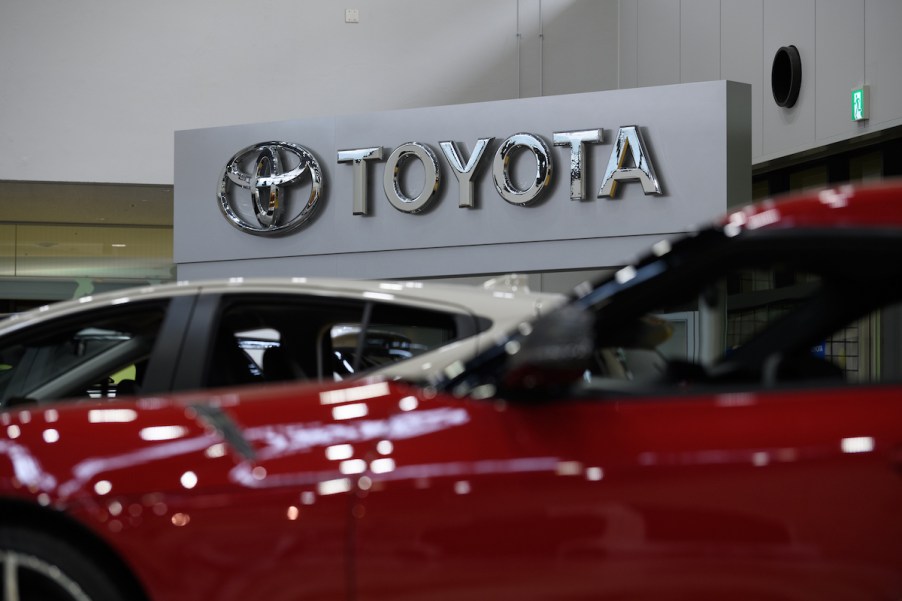
Is Toyota Finally Getting Its Production Back on Track?
Like many automakers, Toyota was hit hard by the hurdles caused by the COVID-19 pandemic. After closing several China plants early in 2020, Toyota seemed to be faring better than many of its rivals. However, it had to stall nearly 30 production lines in 2021, creating a 40% cut in production.
Chip shortage aside, Toyota also had to stop production in Japanese plants because of an earthquake and a malicious cyberattack last year. Despite a streak of bad luck, recent news suggests that Toyota might be inching back to normal production numbers again.

Toyota production increased last November
According to Reuters, Toyota broke its production record with a recent global vehicle output of 833,104 units in November 2022. Overseas production rose by 3.8%, while domestic Toyota factories produced 3.3% more vehicles. Overall, Toyota’s production has increased by 1.5%.
All of these seem like small percentages, but they include hundreds of thousands of vehicles. Toyota contributes this success to wider parts availability and increased domestic demand for several of its vehicles.
Car and Driver report that the RAV4 was Toyota’s best-selling SUV in 2022, moving nearly 400,000 units. The Highlander SUV, along with the Corolla and Camry sedans, also proved to be popular last year. The Toyota Tacoma earned more sales than any other midsize pickup last year.
Why has Toyota production slowed so much?
Compared to other automakers, Toyota’s struggles with acquiring semiconductor chips only started relatively recently. The company was able to maintain consistent production throughout 2020 thanks to a stockpile of semiconductor chips. However, because the situation still didn’t improve in 2021, Toyota’s backup supply eventually ran out.
With so many modern features in today’s cars, automakers need semiconductor chips for the computer systems inside their vehicles. During 2020, a large portion of these chips was bought up by other manufacturers to increase the production of computers and other appliances.
While the situation has improved somewhat, automakers are still struggling to produce enough cars to keep up with consumer demand. It also doesn’t help that the semiconductor chips purchased by automakers are often more expensive to produce. Without them, automakers are sometimes forced to remove certain tech features (including entire touchscreens) from new vehicles.
Even after the shortage had caught up to Toyota, the company still managed to stay somewhat on track. In fact, the production of its Japanese vehicles was up by 43% near the end of 2021. However, the company still had to scale back production at the beginning of 2022.
Additionally, supply chain bottlenecks have made it difficult for many automakers to secure common mechanical components and body pieces. Toyota developed a strategy of using “scratch and dent” parts to keep its production output relatively normal.
The automaker assured consumers that these parts would only be used in places where they’re not visible. More importantly, since these parts are often fully functional, they don’t impact the safety of the vehicles.
Toyota still has a long way to go
Given last year’s production numbers, it looks like Toyota is on the right track to somewhat normal production outputs. The company only produced 8.6 million vehicles by the end of its fiscal year in March.
Toyota expects that it will produce 9.2 million vehicles by March 2023. That falls short of its initial goal of 9.7 million vehicles for the 2022 fiscal year. However, Toyota still managed to hit many milestones in 2022.
PR Newswire reports that Toyota will likely still claim its spot for selling the most passenger cars in 2022. Over 24% of cars in the hybrid and PHEV segments were Toyota models, showing promise for Toyota’s upcoming fully-electric cars. Profits for many Lexus hybrids were also at all-time highs last year.


